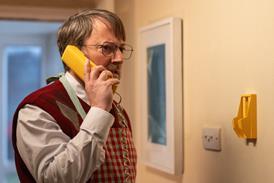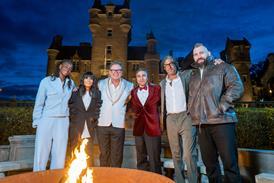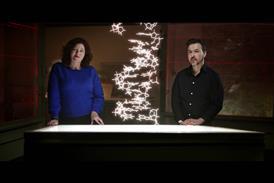The OLED display, which was developed by Kodak and supplied by Digital Displays, differs from an LCD or TFT screen because it retains a picture when tilted, unlike competing technologies. As well as being useful in an edit suite, the screens could benefit camera operators by allowing viewing of a screen from a number of angles.
In addition, OLED does not require a backlight as its cells, composed of thin organic polymer strips placed between two conductors, generate light themselves when an electrical current is applied. This means less power is required than rival technologies and the screen is narrower.
Quantel research and development team leader David Throup said: 'Traditional screens work by bending light polarity as they transmit it. The OLED cells emit the right colour of light to go directly through the screen - this is why they can be viewed from any angle.'
The technology has suffered some life-span issues as the organic cells are particularly sensitive to moisture and bright light. But Throup said: 'Silica helps deal with the moisture issue and within a darkened editing suite the screens will not be affected by bright lights. We believe they will last as long as traditional screens.'
Throup said the screens were easy to use and would be priced in line with LCD and TFT screens.


























No comments yet